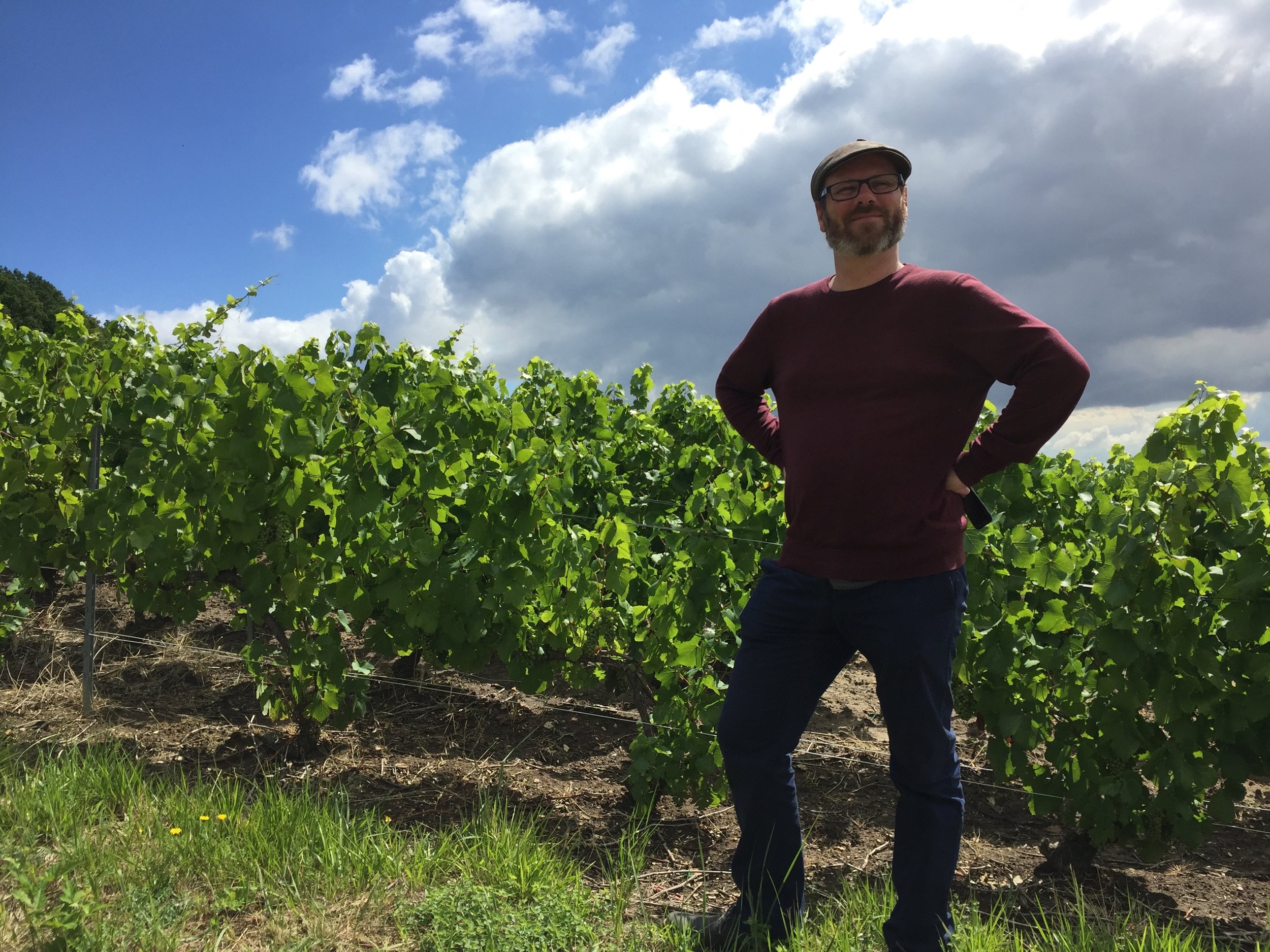Following the Variety: Pinot Noir
The latest video series of “Following the Variety” is now available on patreon.com, and it focuses on Pinot Noir. One of the most important black grape varieties, it’s planted all across the world to produce some of the finest wines. The series follows the variety from its home in Burgundy to Champagne to other regions in France and Europe, to the Southern Hemisphere, ending in the United States.
(1) Intro
The first episode of the series gives an overview of Pinot in the vineyard, in the winery, in the glass, and the many regions in which it is grown: from Burgundy and Champagne to Germany and Italy to Australia and New Zealand to the Americas and many more. Every episode has a moving map of the regions from Google Earth, taking you directly to the place and showing how local geography affects growing conditions.
(2) Burgundy
The home of Pinot Noir, understanding Burgundy is essential to understanding the grape variety. It’s where the idea of terroir originates and Pinot Noir is at the core at the many different expressions of Burgundy. This episode looks at the growing conditions within Burgundy, winemaking, and the different villages including: Irancy, Marsannay, Gevrey-Chambertin, Morey-St-Denis, Chambolle-Musigny, Vosne-Romanée, Nuits-St-Georges, Aloxe-Corton, Beaune, Pommard, Volnay, Chassagne-Montrachet, and Santenay, followed by the regions of Côte Chalonnaise and Mâconnais.
(3) Bubbles
Maybe we don’t immediately associate Pinot Noir with sparkling wine. Yet there’s more Pinot planted in Champagne than there is in Burgundy, and it’s grown for bubbles in Alsace, Germany, Italy, Spain, England, Australia, South Africa, California, and many other regions. This third episode is an overview of Pinot Noir and bubbles, with producer recommendations to explore the wonderful world of sparkling wine.
(4) Rest of Europe
Pinot Noir is not just Burgundy! Pinot is grown in a surprising amount of regions across Europe, sometimes far away from its Burgundy roots. In all cases, it produces wines distinctive to the area. The fourth episode follows the variety across Europe: the rest of France (Alsace, Lorraine, Jura, Loire), Germany (Baden, Ahr, Rheinhessen, Pfalz, Franken), Austria, Italy, Moldova, Romania, and Hungary.
(5) The Southern Hemisphere
Continuing the Pinot Noir journey, the fourth episode looks at the southern hemisphere: New Zealand, Australia, South Africa, Argentina, and Chile. Coastal influence is important to help cool growing conditions; elevation is also significant; and the proximity to the Antarctic is a key factor in some regions too. Many of the regions are relatively young but now well-established, such as Yarra Valley or Central Otago, while others are new and emerging, like Patagonia in Argentina or Bío-Bío in Chile. In all of these countries, Pinot Noir is a counter to stereotypical perceptions.
(6) The USA
California is the fourth largest producer of wine in the world, and Pinot Noir has a significant presence. Most plantings are coastal, the Pacific Ocean providing a cooling influence. The fifth, final episode moves from Santa Barbara County to Monterey and Santa Cruz Mountains to Sonoma County to Mendocino County, taking in the major AVAs and key producers. It then moves on to Oregon, where in the long Willamette Valley Pinot Noir is by far the most planted variety. The Pacific is also an important influence, but wetter than California, albeit moderated by coastal mountains. The quality of Oregon Pinot is a wonderful place to finish the series.
In all these regions, the connection between place and Pinot Noir is apparent and each episode shows how Pinot Noir around the world has a consistent identity which is expressed in so many different ways.
“Following the Variety: Pinot Noir” is available as a one-off purchase on patreon.com


